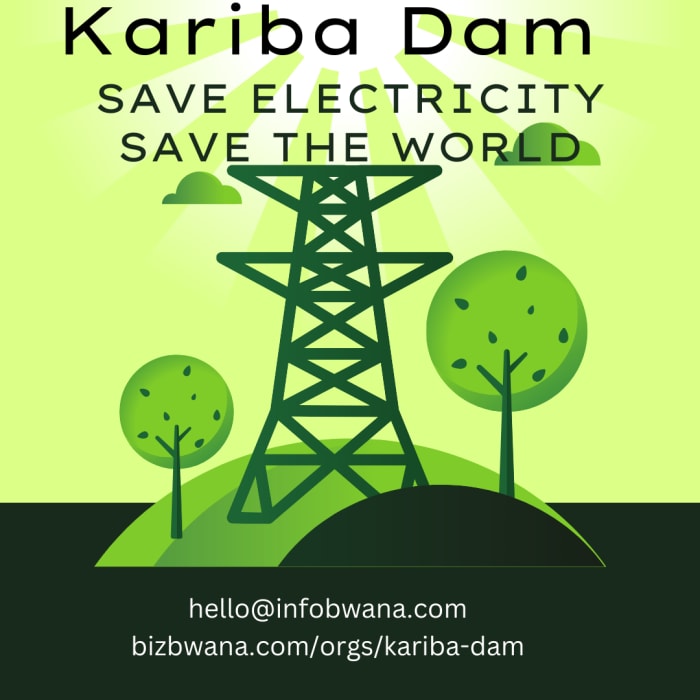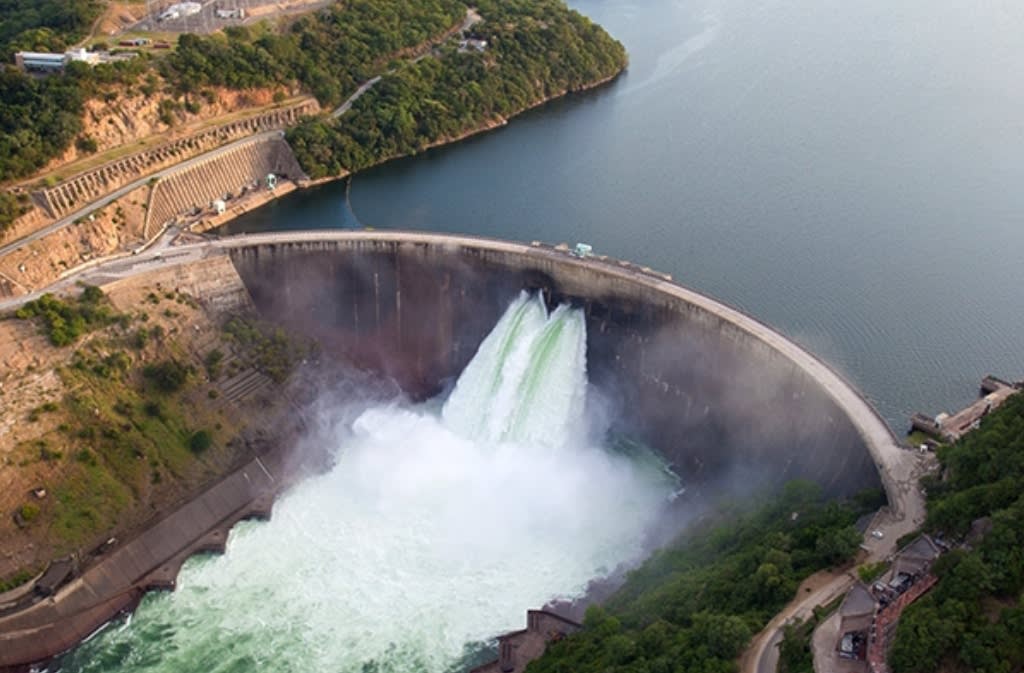
Lake Kariba, located on the Zambezi River between Zambia and Zimbabwe, is one of the world's largest man-made reservoirs.
Lake Kariba, located on the Zambezi River between Zambia and Zimbabwe, is one of the world's largest man-made reservoirs. The construction of the Kariba Dam was completed in the late 1950s, and it serves multiple purposes, including electricity generation.
The hydroelectric power station at Lake Kariba harnesses the energy of falling water to generate electricity through a process known as hydroelectric power generation. Here's a description of how Lake Kariba generates electricity:
Dam Structure: The Kariba Dam is a massive concrete structure that spans the Zambezi River, creating a reservoir behind it. The dam is equipped with sluice gates to regulate the flow of water and control the reservoir's water levels.
Reservoir Formation: The dam creates Lake Kariba, a large reservoir with a vast surface area. Water from the Zambezi River is impounded in the lake, forming a substantial water body with a significant water storage capacity.
Hydroelectric Power Stations: There are two hydroelectric power stations associated with Lake Kariba: one on the northern bank in Zambia (Kariba North Power Station) and the other on the southern bank in Zimbabwe (Kariba South Power Station). These power stations house turbines that convert the potential energy of the stored water into electrical energy.
Water Release: To generate electricity, water is released from the reservoir through the dam's sluice gates. The force of the falling water creates kinetic energy.
Turbine Operation: The released water flows through penstocks (large pipes) and reaches the turbines located at the base of the dam. The kinetic energy of the flowing water drives the turbines, causing them to spin.
Generator Operation: As the turbines rotate, they are connected to generators. The mechanical energy from the turbines is converted into electrical energy within the generators through electromagnetic induction.
Electricity Transmission: The generated electricity is then transmitted through power lines from the power stations to the respective national grids of Zambia and Zimbabwe. From there, it can be distributed for various uses, such as residential, industrial, and commercial applications.
Regulating Flow: The operation of the dam's sluice gates allows for the regulation of water flow, helping manage seasonal variations in water levels and ensuring a consistent and reliable supply of electricity.
Lake Kariba's hydroelectric power generation system is a sustainable and renewable energy source that contributes significantly to the electricity needs of Zambia and Zimbabwe.

